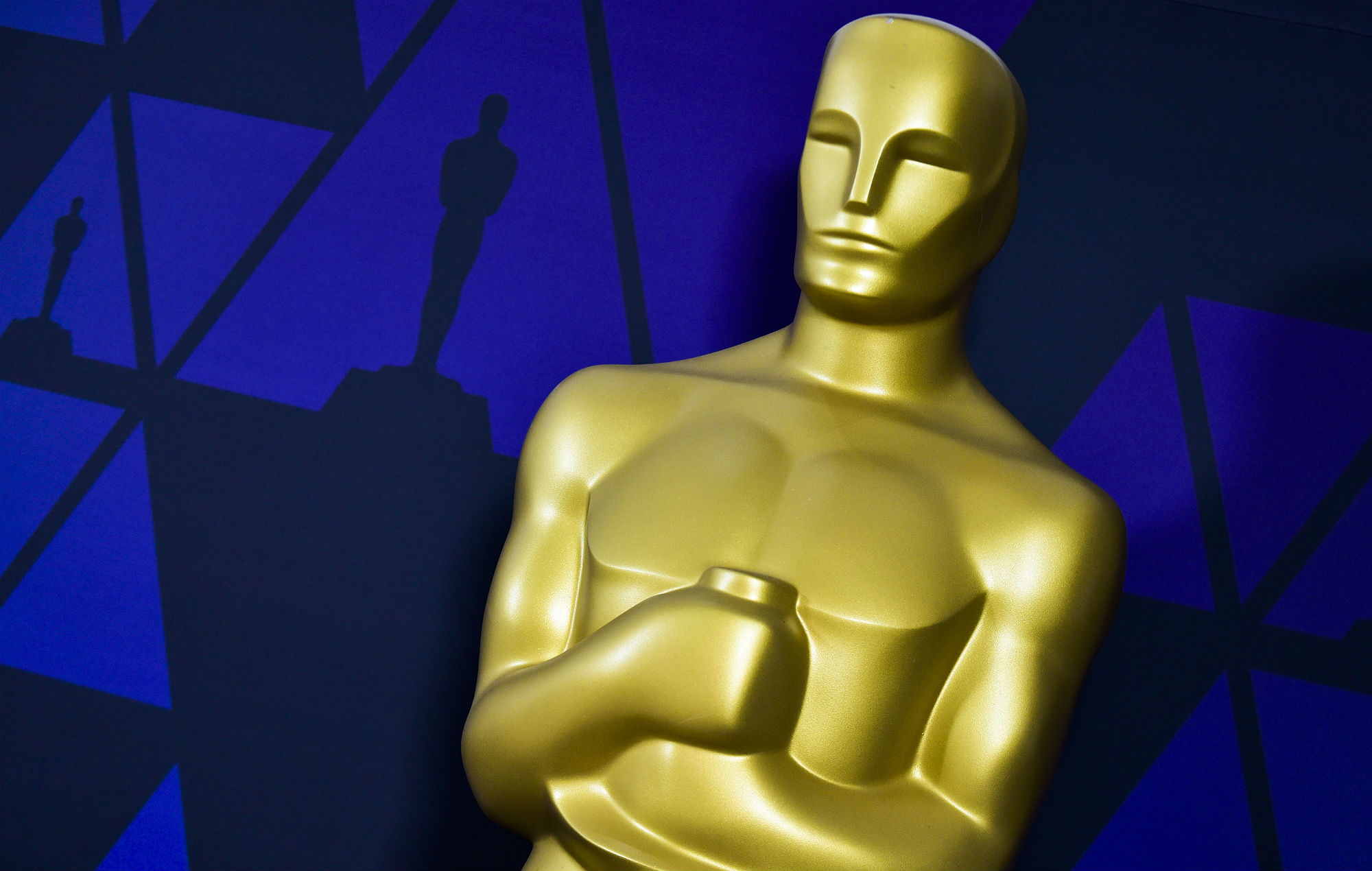
The new edition of Ryan Murphy’s American Crime Story anthology series focuses on the impeachment of President Bill Clinton. This means that Murphy’s usual all-star cast of Hollywood faces has been projected onto political figures of the 1990s, as the show skips around throughout the decade, covering Clinton-related scandals – not just his relationship with intern Monica Lewinsky (Beanie Feldstein), but the sexual harassment suit from Paula Jones (Annaleigh Ashford) and the suicide of Clinton friend and counsel Vince Foster (Matthew Floyd Miller) – as they pile up on top of each other.
This may be ancient history for some younger viewers. But anyone who was watching television during the actual events is in for a bizarre hall-of-mirrors effect, recalling both the real people involved and their various caricatures on comedy shows like Saturday Night Live. It’s become a particular tradition to see who SNL will place in whatever political roles, and what they’ll zero in on for their impressions. Back in the late ‘90s, it was Darrell Hammond’s well-established Clinton, Molly Shannon’s Monica Lewinsky, and guest star John Goodman playing Linda Tripp, the co-worker who betrayed Lewinsky’s trust. SNL’s political sketches often don’t age well over the course of a few weeks, never mind a couple of decades – and their Clinton material, reliant on nasty cracks about Hillary and dismissing Lewinsky as a feckless ditz, tastes both corny and sour today.

So far, American Crime Story functions as both a corrective and a new form of mass stunt-casting. It’s vastly more sympathetic to Monica Lewinsky, who in the first two episodes is a leading character. She’s played with sensitivity and empathy by Beanie Feldstein, from Booksmart and Lady Bird, as a woman both genuinely infatuated with and creepily manipulated by the most powerful man in the world (Lewinsky served as a consultant on the series). Tripp, meanwhile, is caricatured less viciously via Ryan Murphy’s go-to fave Sarah Paulson, though of course “John Goodman acting goofy in drag” is a low bar in that department. Paulson emphasises her sense of propriety and decorum – a working woman who also seems to feel women need to know their place, especially if she’s not going to be invited into the inner sanctums of power. It’s not especially subtle work on either side of the camera, heavy on barely contained resentment, but Paulson throws herself into her character.
It’s strange, though, to even refer to Linda Tripp as Paulson’s character. Despite Impeachment’s earnest, non-campy interest in these people, it almost, at times, plays like serious SNL – like when the first episode unveils Clive Owen playing Bill Clinton in its final scene with a combination of showmanship and shamelessness. Blurring the line further, former SNL player Taran Killam shows up in a supporting role, still overdoing it as the husband of Paula Jones.

The second episode brings Owen’s version of Clinton closer to the fore, though he’s still held back as an alluring figure of aloofness and frustration in Lewinsky’s life. Owen is convincingly made up as Clinton, yet so far he’s covering someone else’s magnetism, rather than projecting his own, decidedly different energy. Yes, this is all a part of acting (at least some forms of it), but to what end, other than showing he can do it? It’s just as difficult to focus on Cobie Smulders doing her best Ann Coulter or Edie Falco’s fireworks-in-waiting as Hillary. The performances seem good, yet there’s an inherent fuzziness watching so many celebrities play so many other celebrities in such close proximity, especially when this history-in-the-making was recreated in the moment, sometimes from multiple sources. Though it’s fictionalised, John Travolta played a version of Clinton opposite Emma Thompson’s version of Hillary in Primary Colors, which came out around the time that some of Impeachment is set. The cast members waiting in the wings also create a strange anticipation: When will Billy Eichner appear and replace his own familiar cadences with those of journalist Matt Drudge?
There’s nothing wrong with enjoying the parade, of course. As Ryan Murphy shtick goes, Impeachment is one of his more tolerable routines. The show clearly wants to be both a thoughtful examination of recent-ish history and a buzzy event series. While those goals aren’t wholly incompatible, they do seem parallel to SNL’s desire to both satirise and play to the cheap seats with broad jokes and splashy cameos. If the Clinton/Lewinsky relationship was built on a massive power imbalance, right now Impeachment feels more like a showy tug of war.
The post ‘Impeachment: American Crime Story’ corrects the crass ‘SNL’ narrative from the ’90s appeared first on NME.








